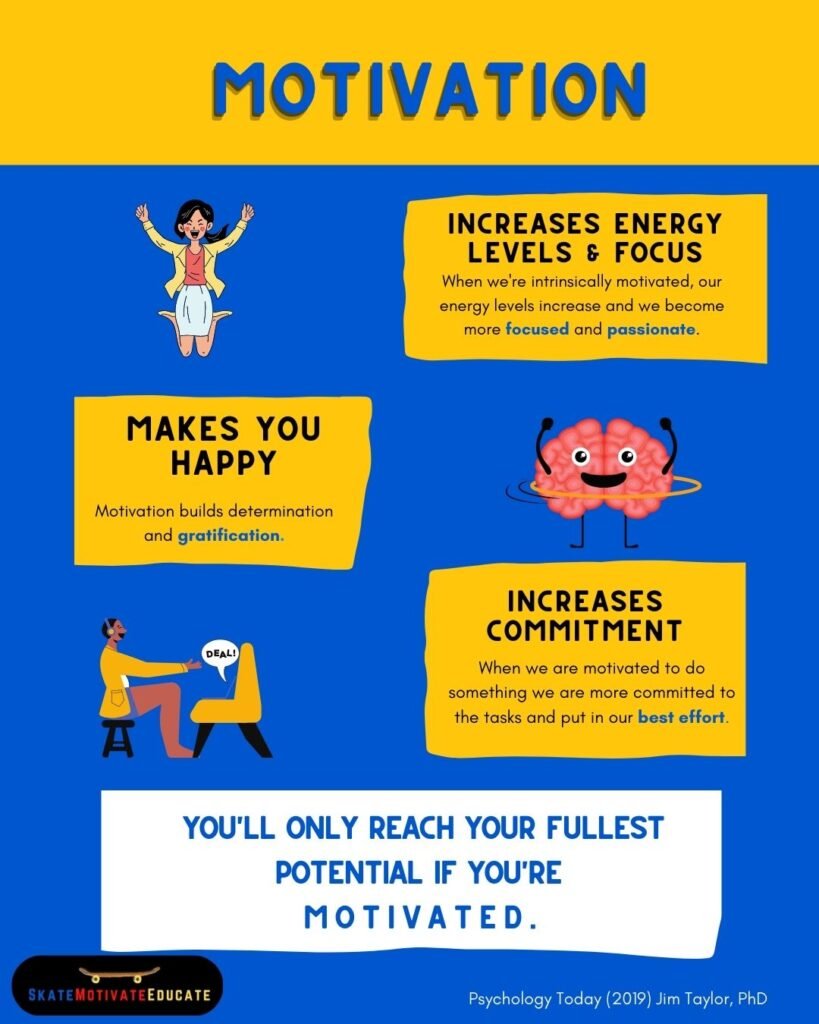Motivation is a vital component of student engagement and learning. When students are motivated, they are more likely to be engaged in the learning process, retain information, and perform better academically. In this blog post, we will explore the science of motivation as it relates to student engagement and learning.

Motivation can be classified into two broad categories: intrinsic motivation and extrinsic motivation.
Intrinsic motivation is the drive that comes from within the student. It is the desire to learn and achieve for its own sake.
Extrinsic motivation, on the other hand, comes from outside factors such as rewards, punishment, or pressure from others.
Research has shown that intrinsic motivation is a more powerful predictor of student engagement and learning than extrinsic motivation. When students are intrinsically motivated, they are more likely to be engaged in the learning process, take ownership of their learning, and persist in the face of challenges.
So how can you use this knowledge to motivate your child or students?
Here are some
evidence-based strategies to try:
Create a Motivating Environment:
One of the keys to fostering intrinsic motivation in students is to create an engaging learning environment. An engaging learning environment is one that is challenging, meaningful, and relevant to students’ lives. Here are some ways to create an engaging learning environment:
Give children choices whenever possible
Allowing children to make decisions about their own lives helps them feel more in control and motivated to succeed. For example, let your child choose what to wear to school, or let your students choose between two different writing prompts.

Provide opportunities for mastery.
Children are motivated by a sense of competence and accomplishment, so give them plenty of chances to practice and improve their skills. For example, if your child is struggling with reading, set aside time each day for them to practice and provide positive feedback when they make progress.

Foster positive relationships.
Children who feel supported and connected to others are more motivated to succeed. Encourage positive relationships with peers and adults, and provide opportunities for social interaction and collaboration.
Set achievable goals.
Children are more motivated when they have clear, achievable goals to work towards. Set specific goals with your child or students, and celebrate their progress along the way.
Use rewards strategically.
While rewards can be effective motivators in the short term, they can also have negative effects on intrinsic motivation over time. Use rewards sparingly and strategically, and focus on praising effort and progress rather than just the outcome.

